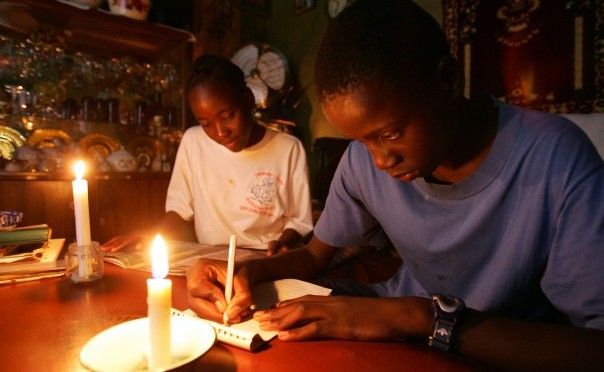Faced with a punishing load shedding schedule, sometimes lasting 15 hours, the Zimbabwean renewable energy market has opened limited prospects.

The prolonged phase, ignited by a recent drought,
adversely limiting its Kariba hydro power generation is chocking vital
economic operations.
The latest Energy Progress Report found out
that about 840 million people (about 11 percent of the people on the
planet) now live without electricity, which is down from 1 billion in
2016, and 1.2 billion in 2010.
A bulk of those nations without
electricity — 573 million — are in Sub-Saharan Africa, which is home to
the 20 countries with the lowest rates of electricity — Zimbabwe
included.
Solar potential
Zimbabwe is blessed with an
abundant sunshine and it has potential to provide enough power to meet
high demands, with its hydro power failing to serve its national demand
quota, reverting to energy imports.
Solar power generation has
much potential in Africa, with unlimited supply of sunlight. Countries
like Kenya have made significant inroads in tapping the green energy
source.
Ceasing the opportunity, Sol Emirates International has
entered the market. The energy solutions firm has accumulated traceable
expertise spanning 15 years — and executing in excess of 250 projects.
The
journey to establish clean solar cities around the world, manipulating
abundant solar energy began four years ago. While working in South
Africa, the departed from his job in 2015, to embark on a daring
journey, taking him to Abu Dhabi.
“After being employed in Johannesburg, South Africa, for a while, I left
my job in 2015. The same year, I established Sol Emirates
International. By 2016, a new branch was established in Zimbabwe,”
reveals, the company proprietor Bernard Ranga.
The company has so
far embarked on an expansion drive to penetrate four nations in
Zimbabwe, Kenya, Rwanda, and South Africa — with its base in Abu Dhabi,
United Arab Emirates.
Plans to penetrate the Pakistan and
Nigerian renewable energy markets are at an advanced stage. To date, it
has partnered renowned companies such as Tesvolt, Franklin Electric, and
Sunlight — to supply the best technology in solar lights, solar panels,
solar battery — among others.
Solar background
Solar
power is the conversion of energy from sunlight into electricity, either
directly using photovoltaics (PV), indirectly using concentrated solar
power, or a combination.
Concentrated solar power systems use
lenses or mirrors and tracking systems to focus a large area of sunlight
into a small beam. Photovoltaic cells convert light into an electric
current using the photovoltaic effect.
Photovoltaics were
initially solely used as a source of electricity for small and
medium-sized applications, from the calculator powered by a single solar
cell to remote homes powered by an off-grid rooftop PV system.
Commercial
concentrated solar power plants were first developed in the 1980s. And
to date, China possesses the highest solar capacity compared to any
other nation in the world. Collectively, the Asian giant produces 130 GW
of energy via solar power plants each year — enough to power the entire
U.K. with clean energy.
bulawayo24.com

